Why do our surveys paint different pictures about our progress?
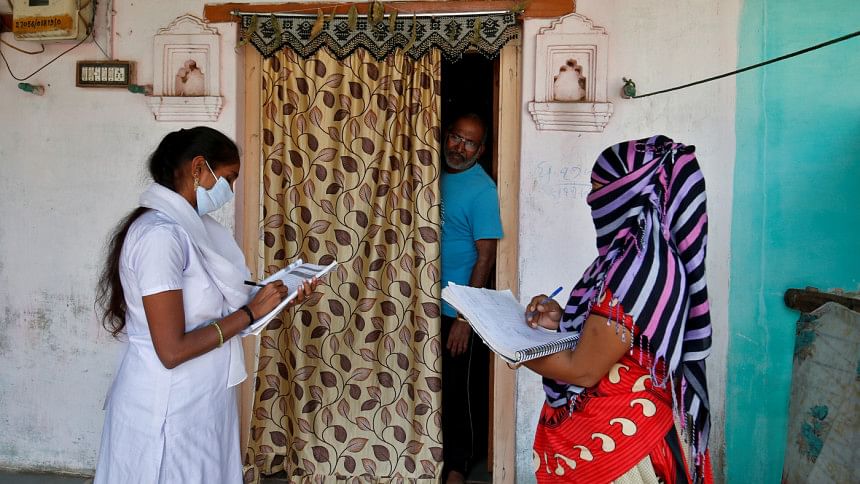
On March 24, Bangladesh Bureau of Statistics (BBS) released the key findings of Bangladesh Sample Vital Statistics (SVRS) 2023. Since then, there have been many discussions regarding the country's progress on various health and related indicators. The findings revealed several concerning aspects about life expectancy, modern contraception use, early marriage, and neonatal mortality, painting a bleaker picture compared to SVRS 2022 and its previous iterations. Against the backdrop of Covid, the Russia-Ukraine war and the subsequent economic crisis, these findings have garnered significant attention, particularly regarding the association between poor indications and the current socio-demographic conditions of the country.
With a lack of solid evidence regarding these potential associations, we are not in a position to disregard or accept their interrelationship outright. However, it is imperative to approach any concluding remarks with caution. Two critical factors warrant consideration. First, the indicators in SVRS 2023 portray a bleaker picture compared to its earlier iterations, particularly SVRS 2022. Second, other nationally representative surveys, such as the Bangladesh Demographic and Health Survey (BDHS) and the Multiple Indicator Cluster Survey (MICS), consistently depict a different scenario from the SVRS. Importantly, these are cross-sectional household-based surveys, which differ in approach from the SVRS, which reports data from ongoing surveillance. However, these surveys are recognised worldwide for reporting high-quality data on several health indicators, including a majority of the indicators that arose from discussions following SVRS 2023. Therefore, significant differences in the same indicators across these surveys are a cause for concern and necessitate careful consideration.
One significant distortion reported is the modern contraceptive prevalence rate, with SVRS 2023 reporting 62.1 percent, same as the estimate from 2015. However, the findings of BDHS 2022 report a 55 percent use of modern contraception (7.1 percentage points lower than that of SVRS 2023), while MICS 2019 reports 62.7 percent (only 0.6 percentage points higher than that of SVRS 2023). Moreover, while modern contraception use is found to be declining by comparing SVRSs, the comparison between SVRS 2023 and BDHS 2022 indicates a significant increase in just one year.
Furthermore, one notable difference was reported on the use of traditional contraception methods, which SVRS 2023 reported as only being 1.1 percent, while BDHS 2022 reported as being 9.3 percent. Additionally, the surveys yielded concerning estimates regarding early marriage rates. The SVRS 2023 reported that 8.2 percent of marriages occurred in Bangladesh before reaching the age of 15 years, which was 26.7 percent in BDHS 2022 and 15.5 percent in MICS 2019, before 16 and 15 years, respectively. Early marriage before reaching age 18 is reported as 41.6 percent in SVRS 2023, while it was 50.1 percent in BDHS 2022 and 51.4 percent in MICS 2019. Therefore, comparisons across the surveys indicate a decline in early marriage instead of the rising number of early marriages, as found when comparing SVRS of 2023 and 2022. The total fertility rate is reported as 2.17 in SVRS 2023, declining from 2.20 in SVRS 2022, however, it was 2.30 in both BDHS 2022 and MICS 2019. Overall, in each of these cases, BDHS and MICS reported a worse picture compared to the SVRS.
Alternatively, SVRS 2023 reports 27 neonatal mortalities per 1,000 live births, which is similar to MICS 2019 (26). However, it is 20 per 1,000 live births in the BDHS 2022. For C-section delivery, SVRS reports a 50.7 percent prevalence, nearly six percentage points higher than the 44.5 percent estimate in BDHS 2022. Methodological aspects alone should not be solely responsible for such higher differences, and there may be other reasons at play.
Regarding data collection strategies, changes in approach over time in SVRS need to be considered. For instance, with its current structure, SVRS reports data from selected mouza levels (150 households) over a duration of 10 years. To record data through SVRS, one female registrar with higher secondary education or above is recruited from each selected mouza. The recruited registrar is responsible for home visits and reporting monthly statistics to the SVRS. However, being usual residents of the mouza where SVRS is being conducted, the registrar is familiar with each household and may have the option to report data without proper monitoring despite ensuring multilevel supervision by BBS officials involving field-level to headquarters staff.
Moreover, long-term data collection by a single person in SVRS also creates an opportunity to report data that favour the community, such as lower rates of early marriage, total fertility rates, and higher use of contraception. However, BBS made a major change in SVRS data collection approach in 2022 by introducing data collection through tablets rather than the previous paper-based approach. With this initiative, the accuracy of data reported at the field level greatly improved due to real-time reporting. These could be major reasons for the reporting difference of SVRS 2023 from SVRS 2022.
These difficulties are mostly addressed in cross-sectional nationally representative surveys like BDHS and MICS, although these surveys have their own limitations, particularly recall bias, especially when precise timing is required, such as age at marriage or death. Data for these surveys are collected at a particular time during the survey, which is another significant limitation compared to the continuous surveillance of the SVRS. However, comprehensive approaches that these surveys take make them unlikely to report data with the effects of such one-time reporting. For example, BDHS conducted a calendar approach (reported retrospective data on monthly contraception use from the survey to earlier five years) along with asking a simple question regarding contraception use or none-use, which greatly improved the precision of their reported contraception data.
However, the higher coverage of SVRS with regular reporting makes it unique for the health social-demographic and health-related indicators. Nevertheless, the indicators for which concerning estimates were reported in the SVRS 2023 are even further highly concerning in other nationally representative surveys. Therefore, it is unlikely that the current socio-demographic conditions of the country played a significant role. These indicate careful consideration of the surveys, survey methodology, data collection approach, as well as data quality. However, no scientific exploration has been done so far in Bangladesh addressing these aspects, and the current discrepancies in estimates indicate that they need to be explored.
Dr Md Nuruzzaman Khan is assistant professor at the Department of Population Science of Jatiya Kabi Kazi Nazrul Islam University in Mymensingh, Bangladesh.
Views expressed in this article are the author's own.
Follow The Daily Star Opinion on Facebook for the latest opinions, commentaries and analyses by experts and professionals. To contribute your article or letter to The Daily Star Opinion, see our guidelines for submission.

 For all latest news, follow The Daily Star's Google News channel.
For all latest news, follow The Daily Star's Google News channel. 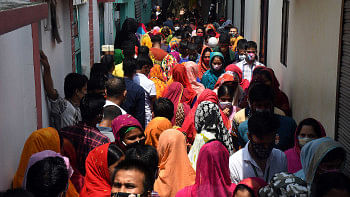




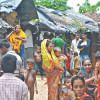

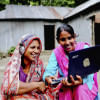

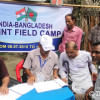


Comments